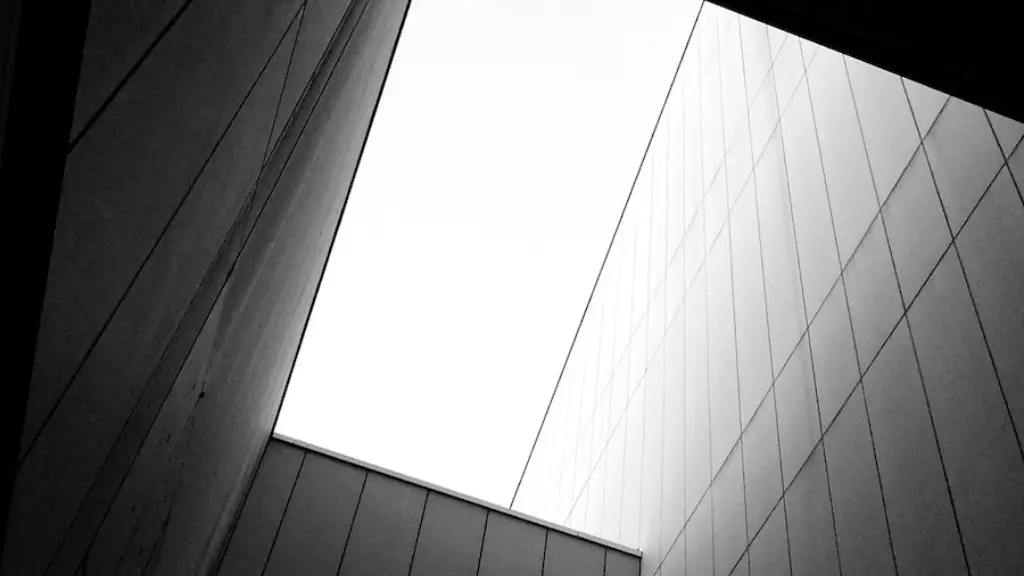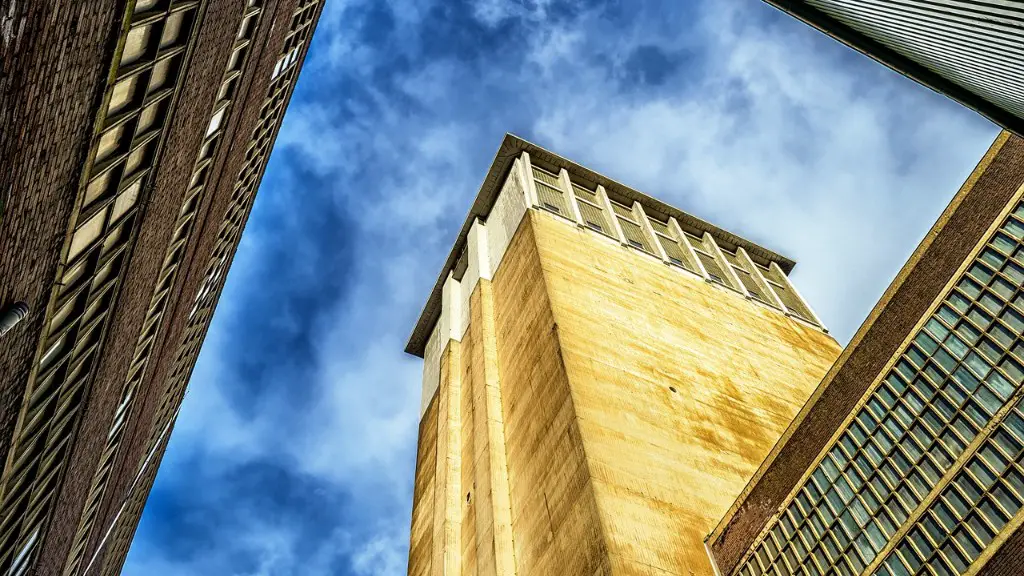Roman architecture was an incredibly important part of the Roman Empire’s success, allowing for a strong and lasting legacy that allowed the Empire to reach its peak. From triumphal arches to stately houses, the Romans designed complexes to look grand and enduring, and their skill for construction challenges us today with its ingenuity. In this article, we will look at the key aspects of Roman architecture and the importance of it to the ancient world.
Materials Used
The Romanesque period was unparalleled in the amount of building material used by their architects. Due to the generous supply provided by their conquered territories, they could use an array of materials to construct their architectural wonders, including opus caementitium (Roman concrete), brick, stone, and glass. Roman concrete was made from a mixture of lime and pozzolanic material, such as destruction ash, and it allowed them to build much larger and durable structures than their predecessors. This was thanks to their innovative invention – the arch.
The Roman Arch
The development of the Roman arch was a groundbreaking moment for construction and engineering, allowing for greater spans and larger structures. It allowed the Romans to construct monuments like aqueducts and theatres that have stood for centuries. Their use of the arch was also an aesthetic choice, as it is often used as an ornamental element in Roman buildings. Its symmetrical form made it visually appealing, and its structure meant that sturdy pillars could stand for millennia.
State Structures
The Romans used their architectural ideas to create grand state structures, such as the Colosseum and the Roman Forum. The Forum was a central meeting place where people could observe judicial decisions and elite ceremonies, while the Colosseum represented the bloody spectacles of gladiatorial combat. Both of these structures were built with a strong focus on aesthetics, featuring Corinthian columns, vibrant colour schemes, and ornamental sculptures. These structures demonstrate the skill and artistry behind Roman architecture.
Regional Impact
Roman architecture had an immense impact on the development of regional architecture. On the European continent, for example, the Roman style of building has been the primary source of inspiration for centuries. In France, much of the nation’s architecture is styled in a classic Roman fashion, from churches to palaces, replicating the same principles of form and function seen throughout the Roman Empire. Even today, many of the towns and cities in Europe that have grown up around Roman ruins, such as Paris and Rome, still have that Roman “look” in their streets and buildings.
Legacy
The legacy of Roman architecture is still seen today in many countries around the world. From grand arches and theatres, to the construction of cityscapes and the development of regional architecture, the Romans created a lasting structure. Rome’s influence on architecture is still evident in the works that have been built since, showcasing the power of the empire’s aesthetic vision and its ability to adapt and grow over time.
Tensile Strength
The Romans created one of the most iconic structures of all time: the Pantheon. Its impressive dome, with its height and span of 143 feet, is seen today as the pinnacle of the architectural achievements of the ancient world. Its incredible strength comes from its invention of coffering – the use of small arches and vaults placed inside the dome to reduce the amount of weight and increase its tensile strength. This not only allowed for a much larger structure, but also ensured its longevity.
Public Buildings
The main purpose of Roman architecture was to create impressive public buildings – such as temples, basilicas, baths and theatres – that could be visited by both citizens and non-citizens of the Empire. Those buildings displayed Roman values, such as wealth, power and strength, as well as providing a place for leisure activities. By creating impressive buildings, the Romans showed that their Empire was one of both luxury and classical civilisation.
Durability
The defining quality of Roman architecture is its durability. The structures built in the Roman era are still standing today, and many have survived the ravages of time and have been restored to their former glory. The Pantheon is one of the most well-known examples, with its iconic dome still standing after two thousand years of weathering. This is testament to the high quality and sophistication of Roman architecture and its technology.
Geometric Design
The Romans were renowned for their detailed and intricate geometric designs. This was thanks to their mathematically expert architects, who used it to make beautiful yet structured features, such as spirals, circles and triangular artworks. This style of design has been seen in architecture across the world, especially in Europe where churches often feature similar geometric patterns.
Structural Engineering
The Romans developed new techniques for structural engineering that are still used today. From their invention of the arch to the engineering of tall monuments, the Romans used structural engineering to make bold visions into reality. Roman buildings were designed to withstand storms and wear over time, and their structures are often seen as modern marvels of engineering.
Vaulted Roofs
Vaulted roofs were a common feature of Roman architecture. These domed roofs created a grand impression and showed the Romans’ sophistication and knowledge of engineering. This was also seen in their religious buildings, where domes were regularly used to showcase the power of the gods, and were often decorated with intricate designs and symbols.
Summary
Roman architecture was an extremely important element in the growth and legacy of the Roman Empire, and its influence can still be felt today. From the use of arches and innovative use of materials, to structures such as the Colosseum, the Pantheon and the Forum, the Romans created a lasting legacy that still resonates with us today. The imperial artistry, geometric designs, and structural engineering have redefined architecture across the world, creating a timeless style of beauty and sophistication.



